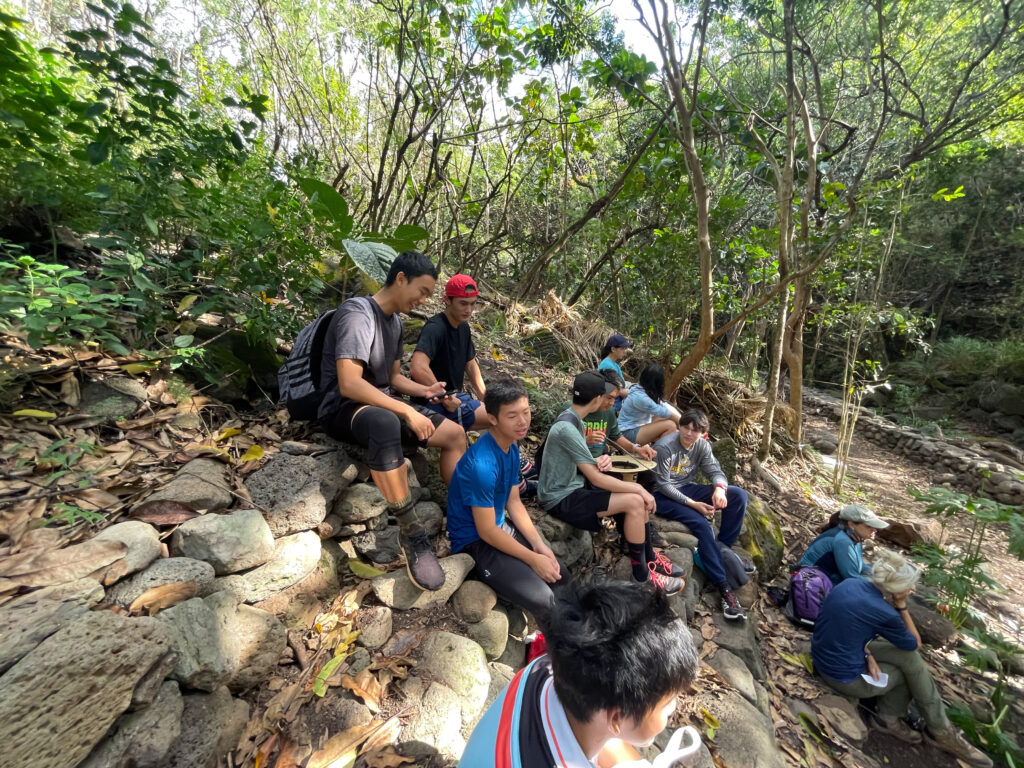Restoring Pia Valley, One Plant At A Time
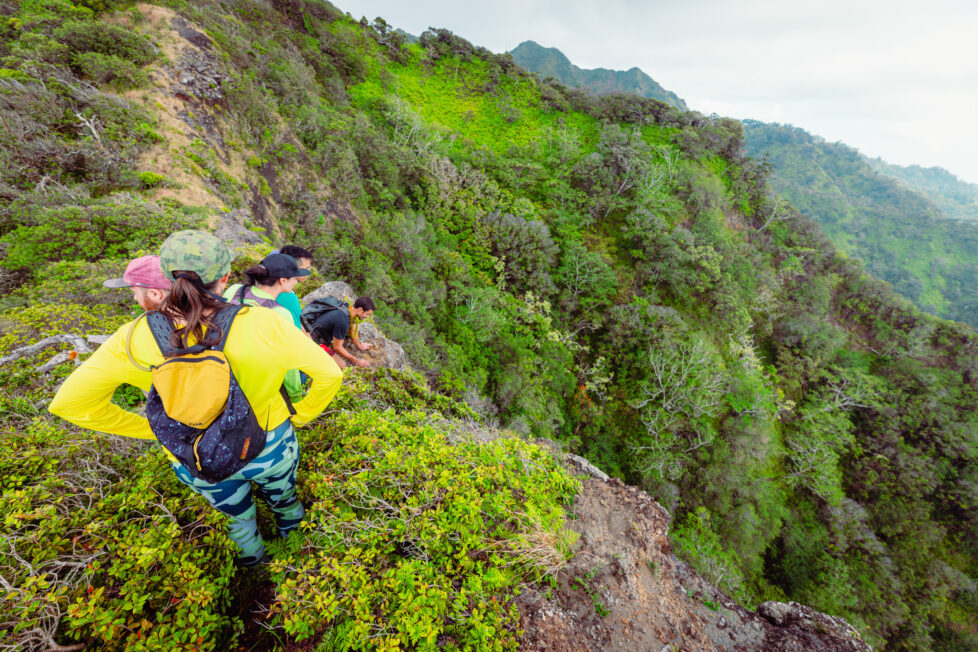

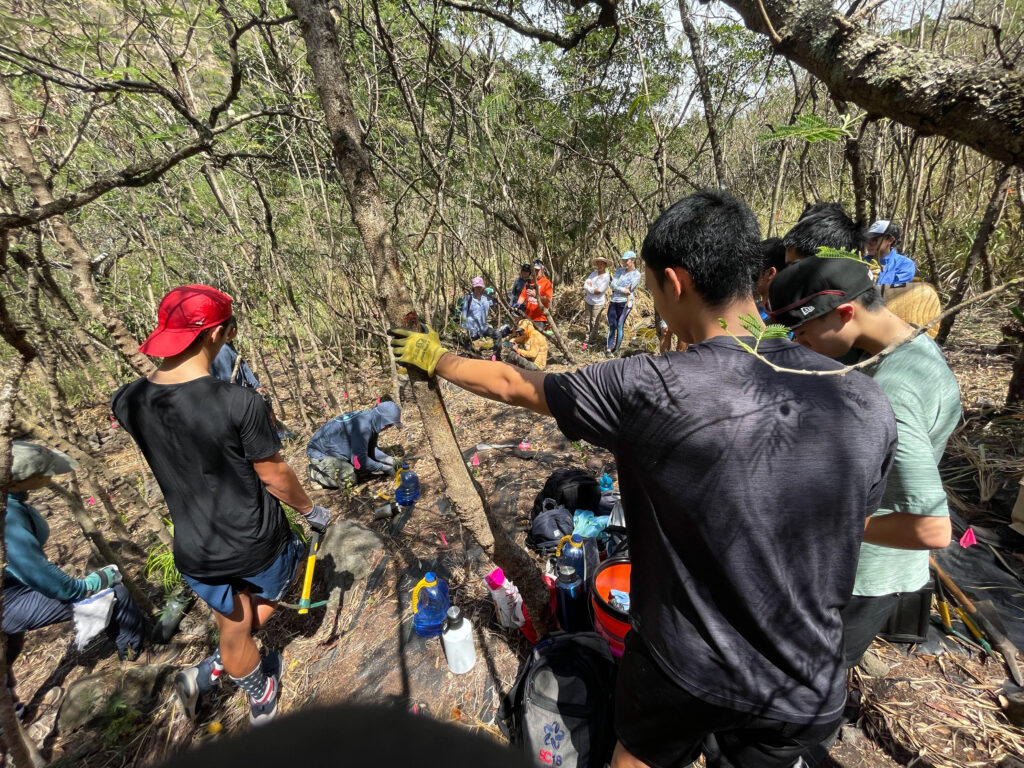
Founded in 2019 by Tyrone Montayre, Protect & Preserve Hawaii seeks to “give back to the land and raise awareness through education in [the] community.” Inspired by the loss of his mother, Montayre went looking for a larger purpose in life and decided to buy a 330-acre parcel of land in Pia Valley that was zoned for preservation. While walking through his newly-purchased property, he fell in love with the natural ecosystem. He also learned from passionate conservationists about the need to restore the valley. Montayre soon realized that he had found his calling and started Protect & Preserve to fulfill his mission.
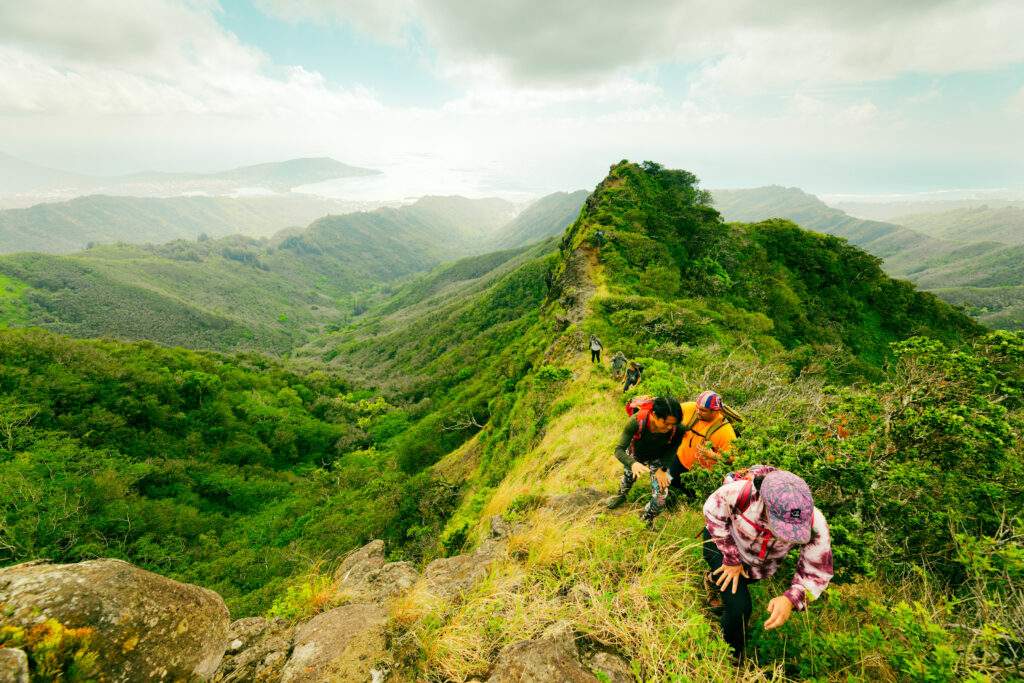
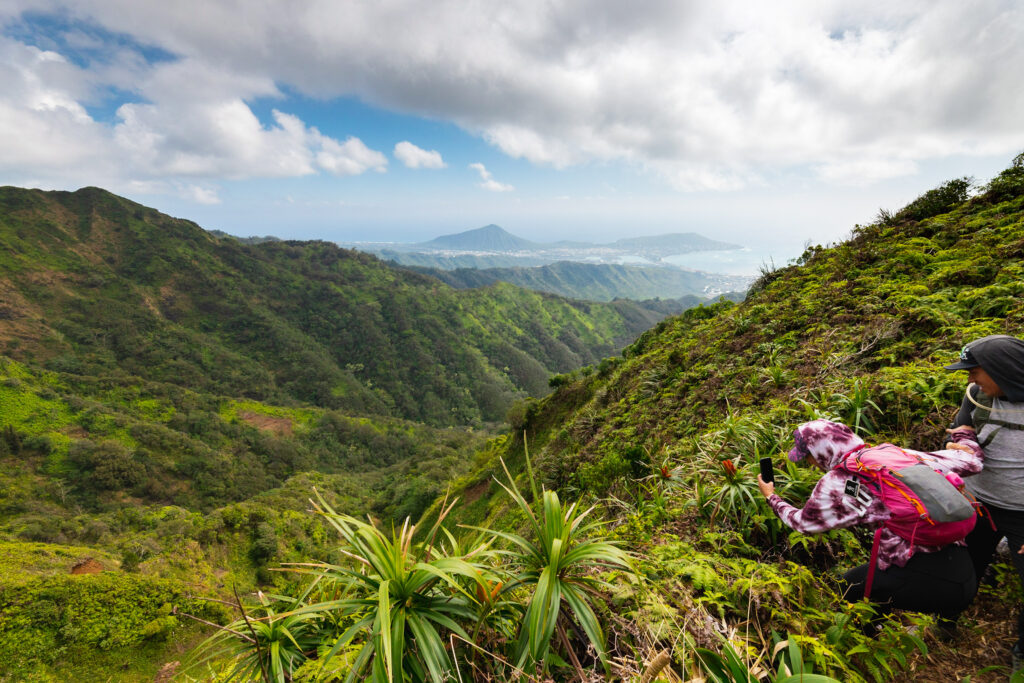
As with every project day at Protect & Preserve, this volunteer gathering in September began with a personal introduction of everyone present, an oli (a Hawaiian chant) to ask for wisdom and guidance), and some teaching from the project leaders on the ecosystem in Pia Valley. Ty Koch and Hannah Cheng, both seniors, were among the NHS students present on behalf of the club’s Environmental Committee. On this outing, a member of the Birds Not Mosquitos multi-agency partnership shared about how disease-bearing mosquitoes are the leading factor in native bird extinction in Hawaii. Koch recalled, “The representative talked about how climate change with hotter temperatures over time leads to a population increase in mosquitoes in higher elevations where they did not used to live.” According to the Birds Not Mosquito website, “Twenty-three species of honeycreepers have gone extinct in Hawaiʻi since the first arrival of mosquitoes in the early 1800s, with many extinctions linked to avian malaria and pox. Most of Hawai‘i’s remaining native honeycreepers are now found only at high elevations where it is too cold for the southern house mosquitoes and the avian malaria parasite.”
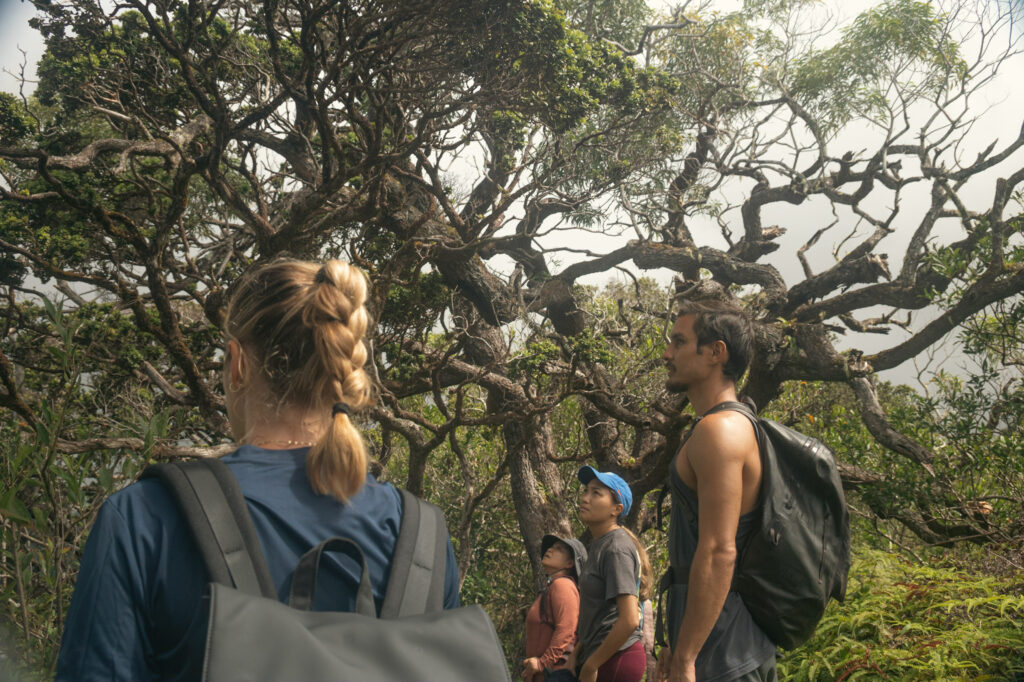
When it came time to put their hands to work, everyone grabbed buckets, sickles, and shovels, and donned protective gloves. Cheng explained how the group dug and pulled out invasive plants, especially guinea grass root balls, and then planted a type of native grass that would help with soil stability and help to restore the native greenery in the area. Other invasive plants in Pia Valley that have choked out native plants include the haole koa tree and strawberry guava.
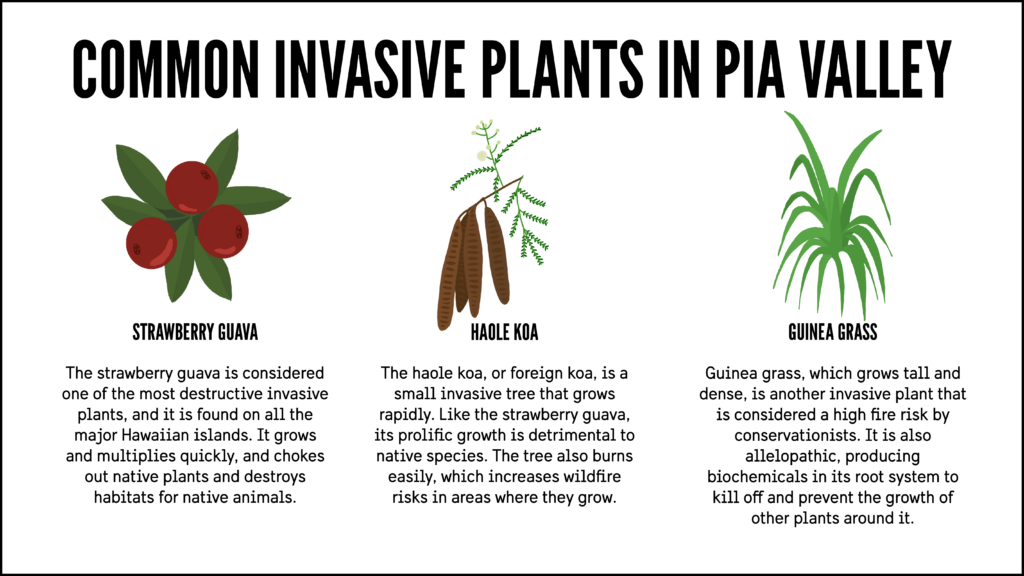
When asked about her takeaways from the project, Cheng said, “Attending the project with P&P Hawaii stood out to me because I learned about a community I didn’t know about before. P&P Hawaii taught us about the island and issues that are currently happening and how they are being addressed. I also learned about how much work goes into the restoration process on the island. It was definitely a lot of hard work to remove invasive species and plant more of the native species.”
Come another weekend, another group of volunteers will gather at Pia Valley to tackle another area that needs to be restored. It’s a slow process—weeding, planting and watching nature take its course—but according to Montayre over 2,000 native plantings and 1.5 acres of invasive plants have been cleared so far.
